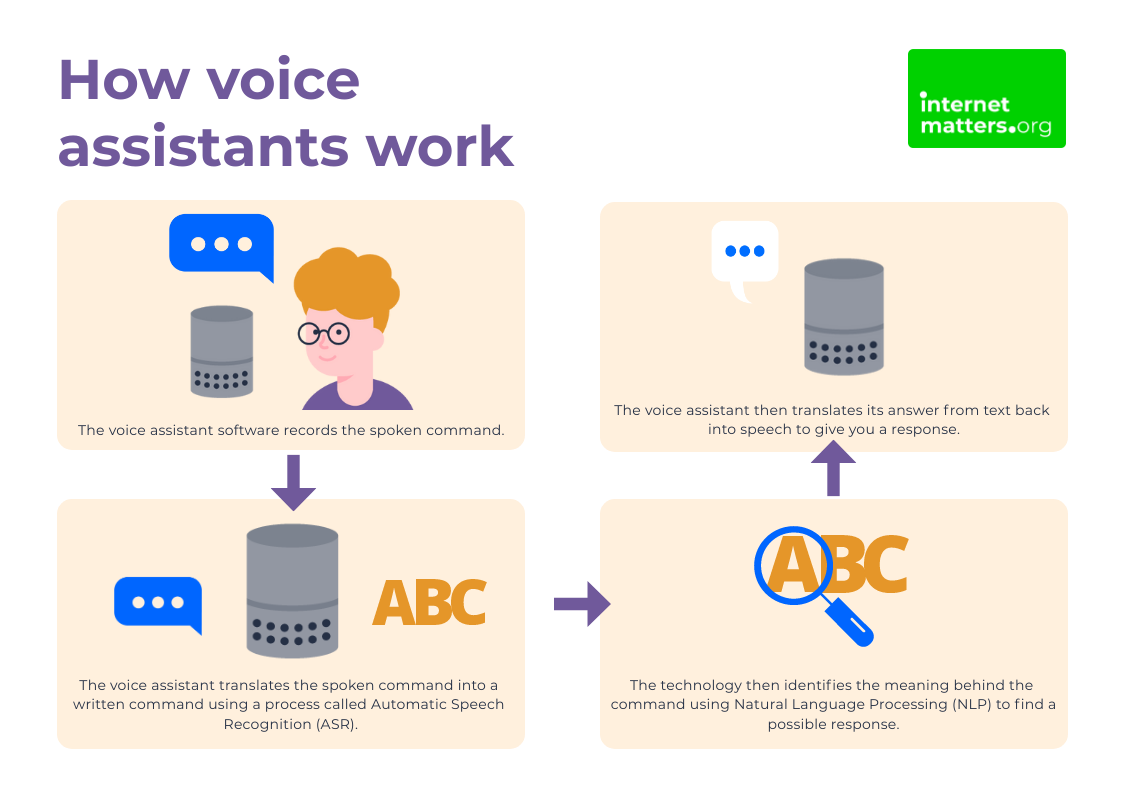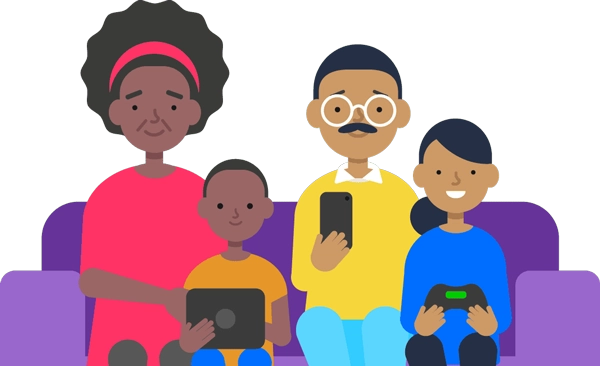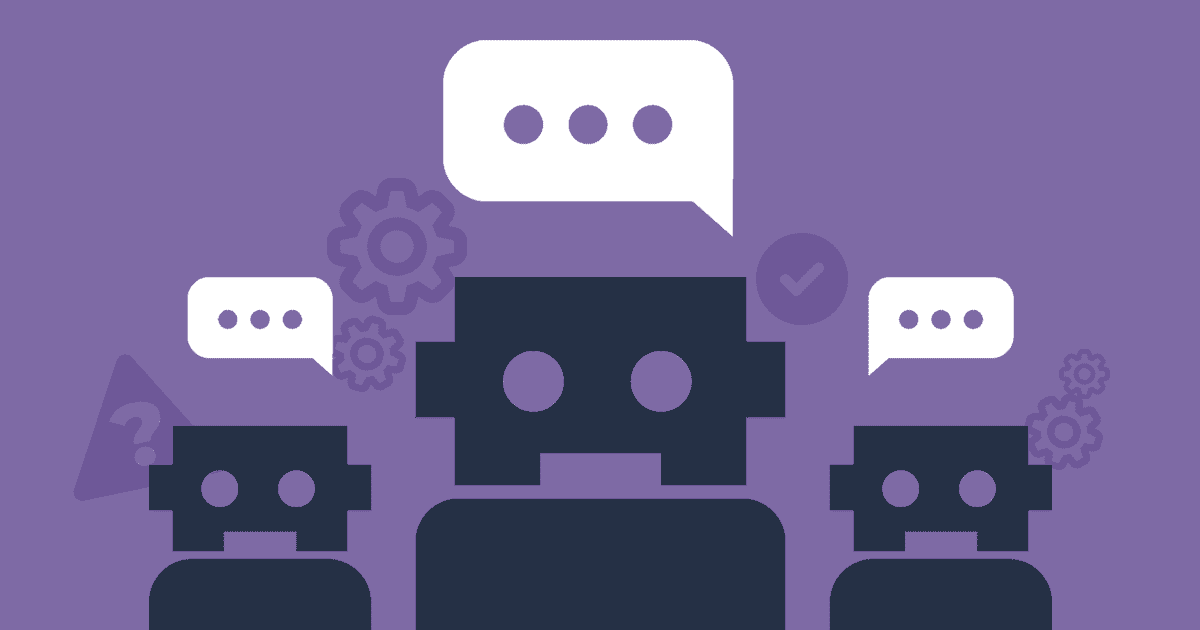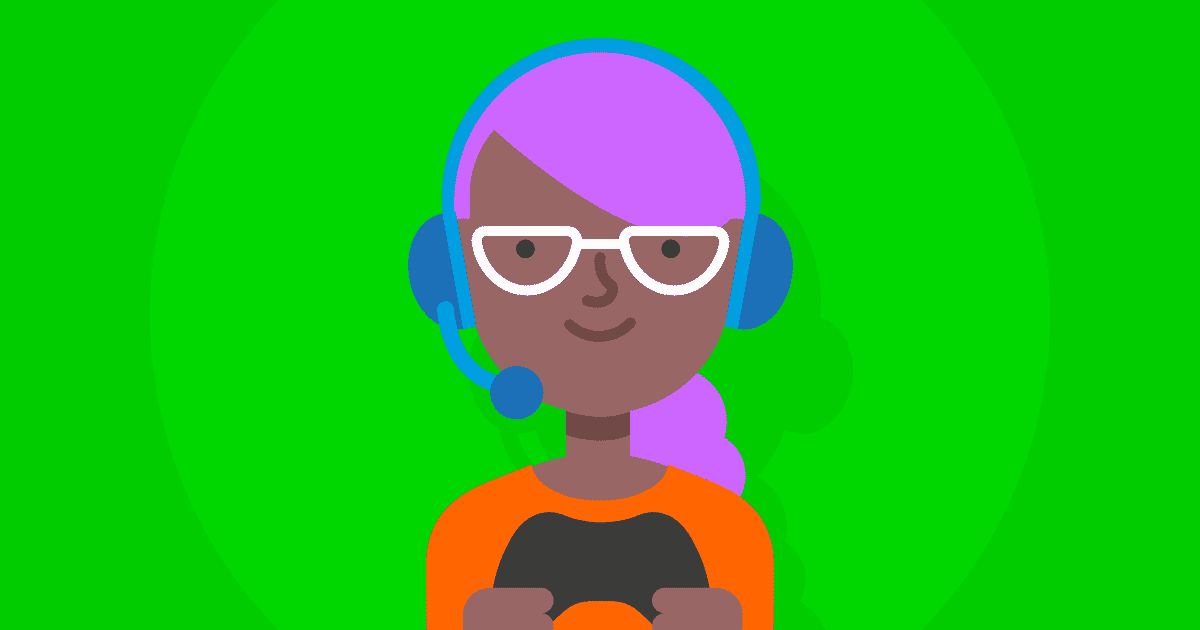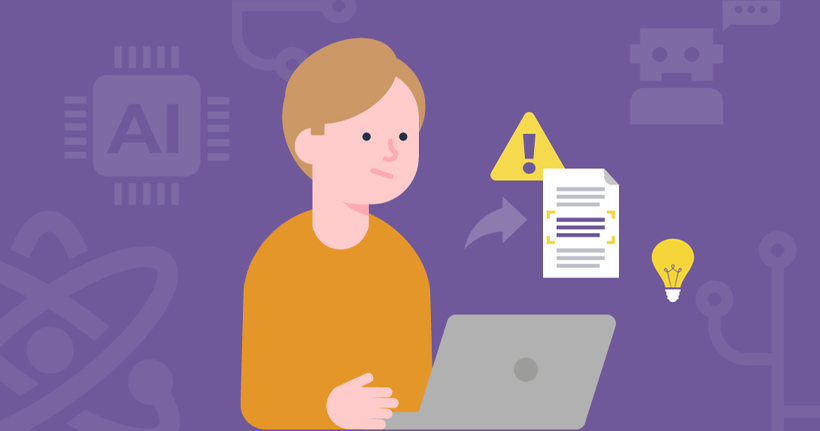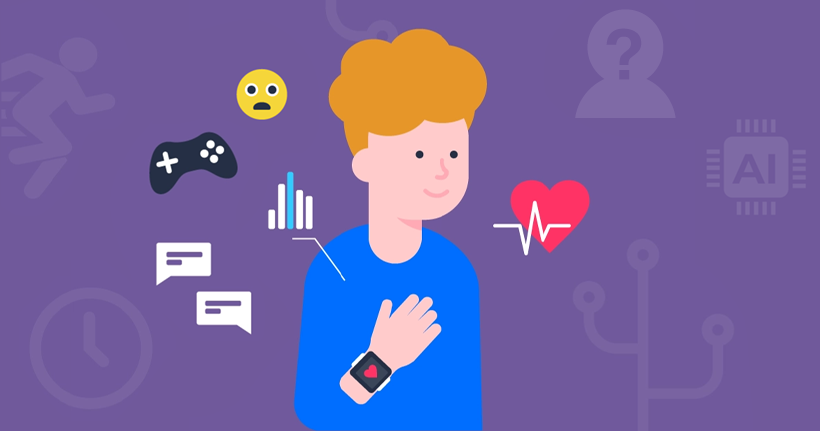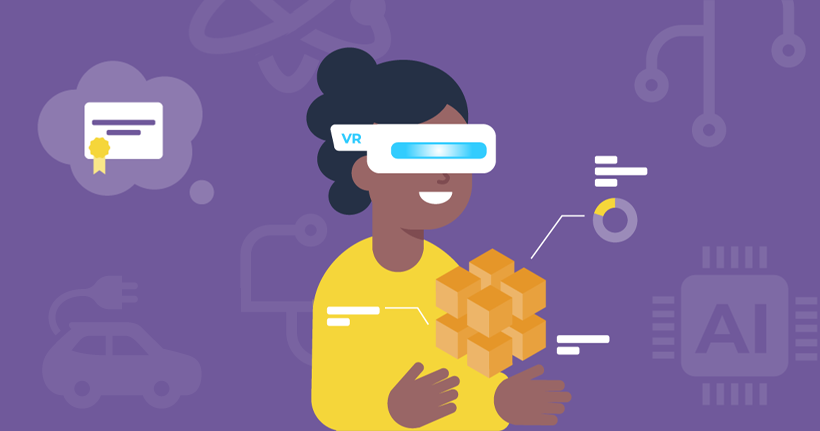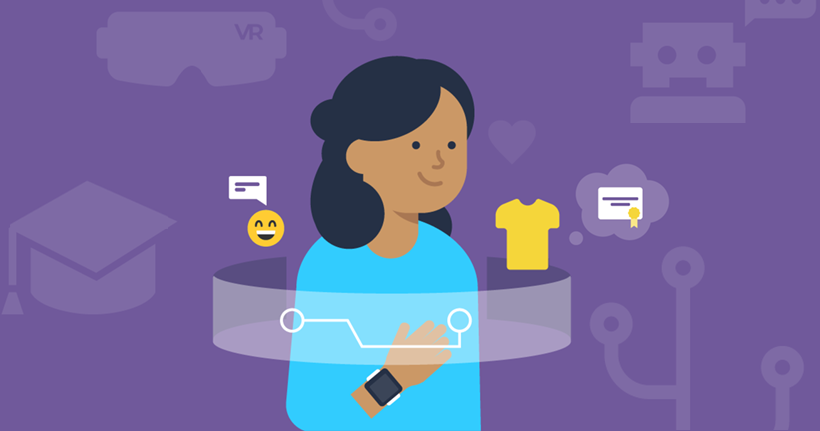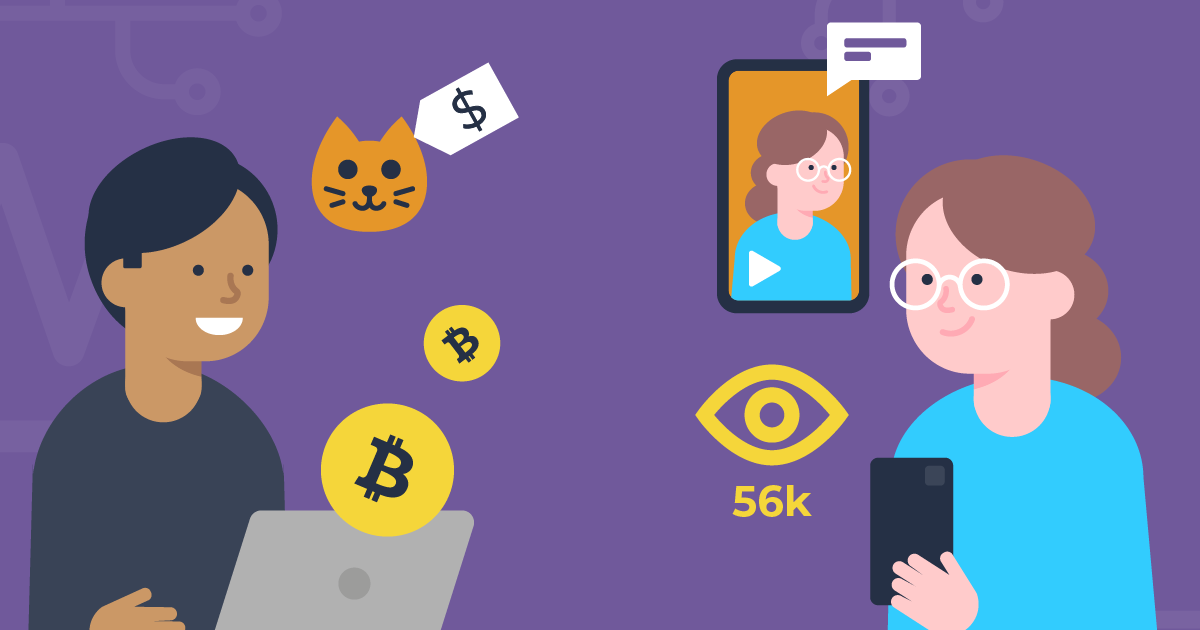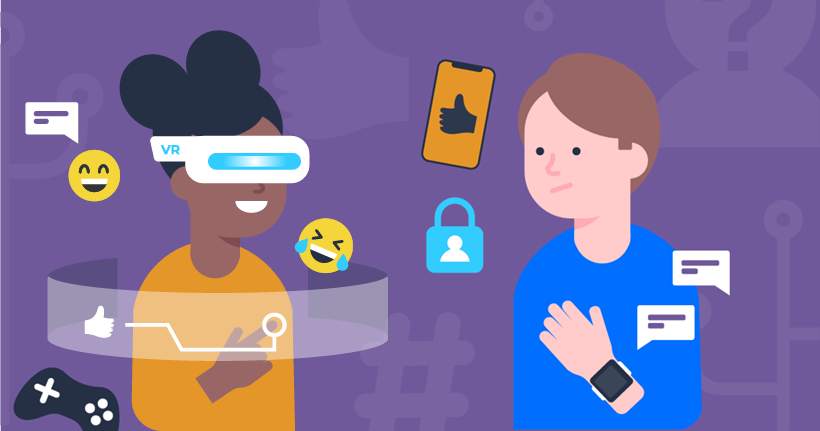Like other types of tech, voice assistants can offer children both benefits and risks. The Online Safety Act will place accountability on internet platforms, addressing VAs as a part of search services. But there are still other risks to consider that might fall outside the Act.
How voice assistants benefit children
Arjun from Amazon, says that virtual assistants can provide “on-demand support to help kids explore their curiosity and clarify concepts from school.” Amazon’s Alexa, for example, can answer children’s burning questions about nearly every searchable topic. Additionally, Alexa Skills can help children develop their Maths skills, practise their reading and create opportunities for quality family time.
Conversational learning
AI-backed voice assistants, says Arjun, can adjust their responses based on a kids’ follow-up questions, differentiating explanations to create a custom learning experience for every kid.
So, a 7-year-old kid, for example, could share share a fact they learned about the moon, and the voice assistant can respond with a fun fact about the first moon landing mission. It could then ask the child follow-up questions to see what else they know. Essentially, AI-backed voice assistants can build off a kid’s prior knowledge and interests to bring new topics to life with language and examples that meet kids on their level.
Creative collaboration
Arjun also highlights the value of virtual assistants when it comes to supporting kids’ creativity. “It can be hard to be creative starting with a blank slate,” he says. So, virtual assistants can help kids with creative scaffolding, like generating a story prompt for them to build on top of or by taking turns to build up a poem line by line.
The natural, back-and-forth conversation that’s possible with virtual assistants can also help facilitate ‘yes, and’ brainstorming. This style of prompting can help kids to come up with more refined versions of ideas. For example, kids can conversationally share ideas for a new story with a voice assistant and get immediate feedback, like suggestions for new characters or advice to polish the plot.
Setting routines and creating habits
Smart speakers and voice assistant technology can also support children’s routines and habits. For example, you can set routines to ease children into bedtime routines. Or, you can set reminders to take their homework to school in the morning. This can support a range of needs in children of different abilities.
Additionally, says Arjun, the use of AI integration will mean voice assistants will have a greater ability to suggest the right reminders at the right time for kids, during organic interactions like Q&A or playing music. Moreover, these tools can give kids the freedom to get things done on their own terms while giving parents a break from chasing after them to complete different tasks.


